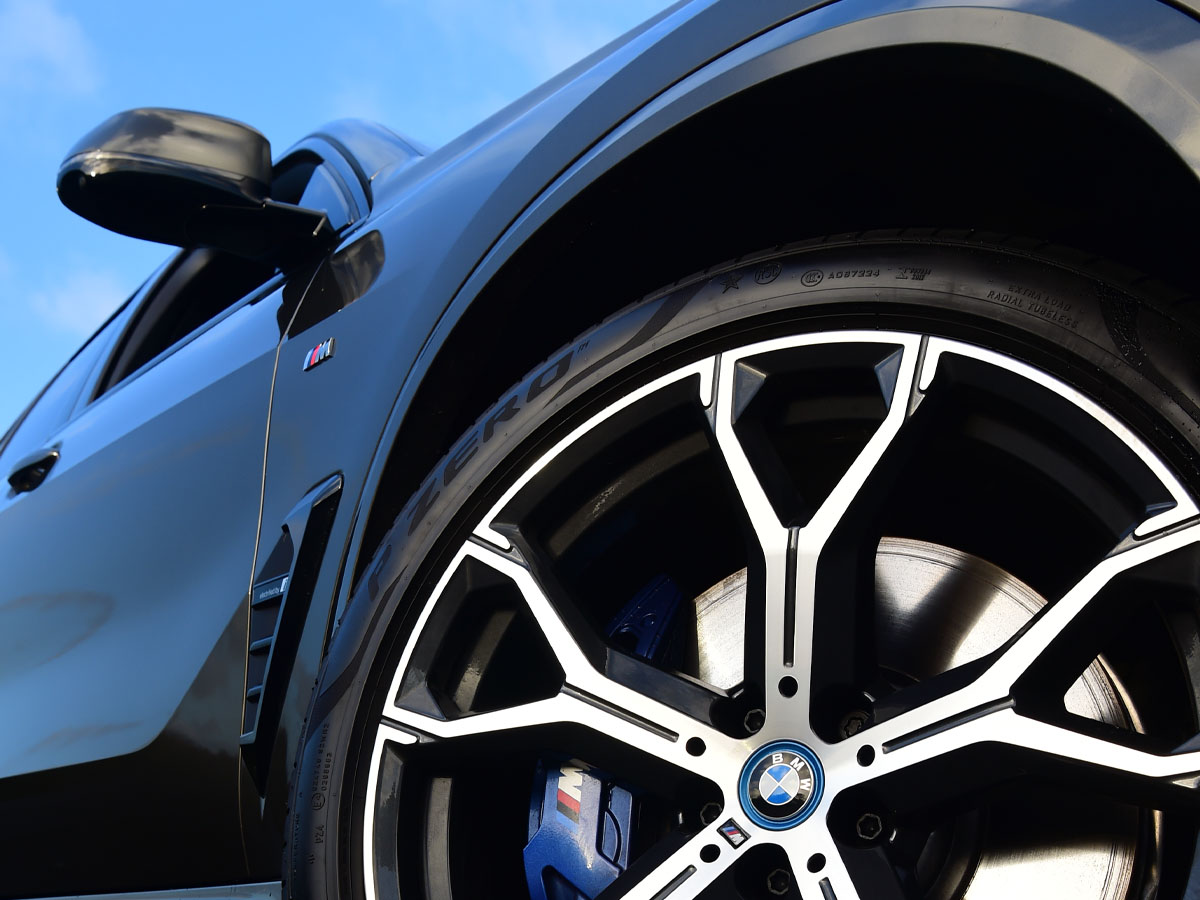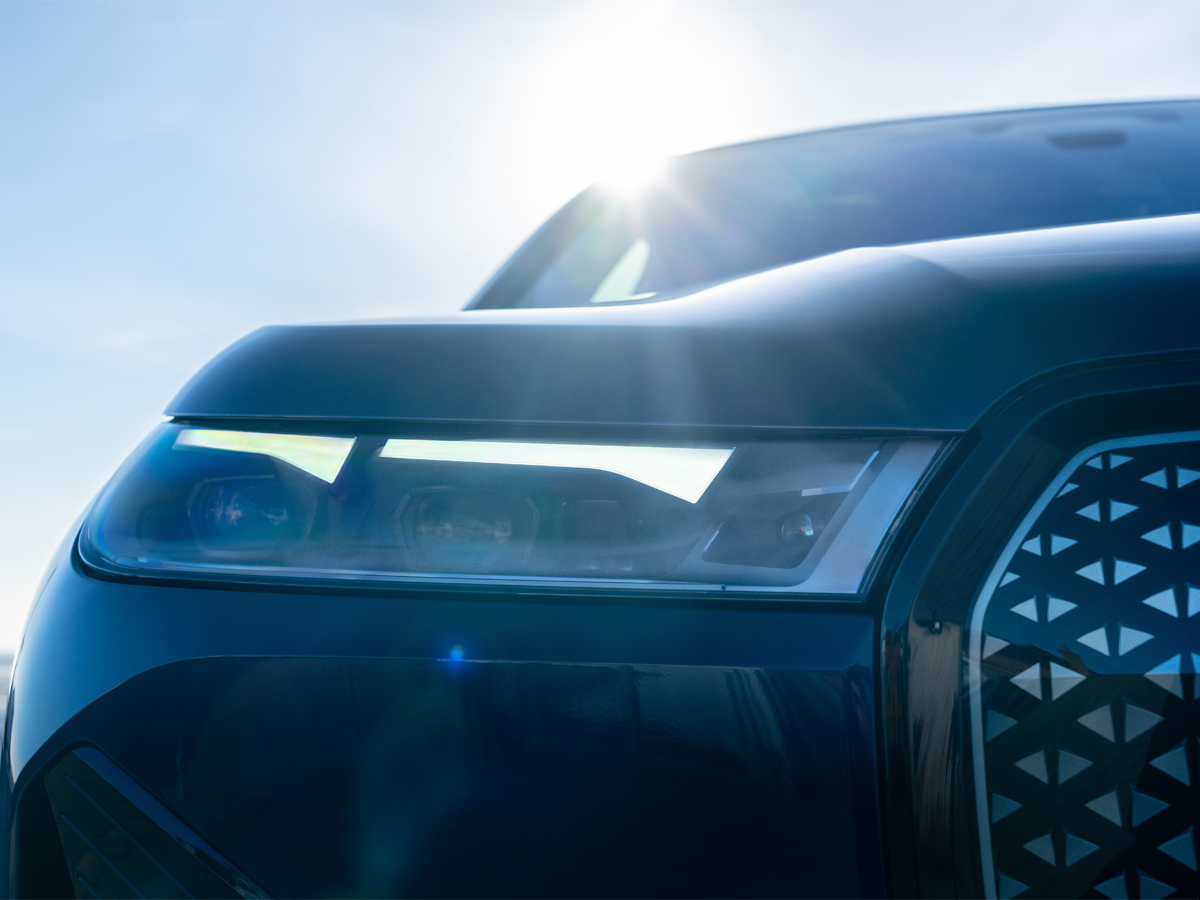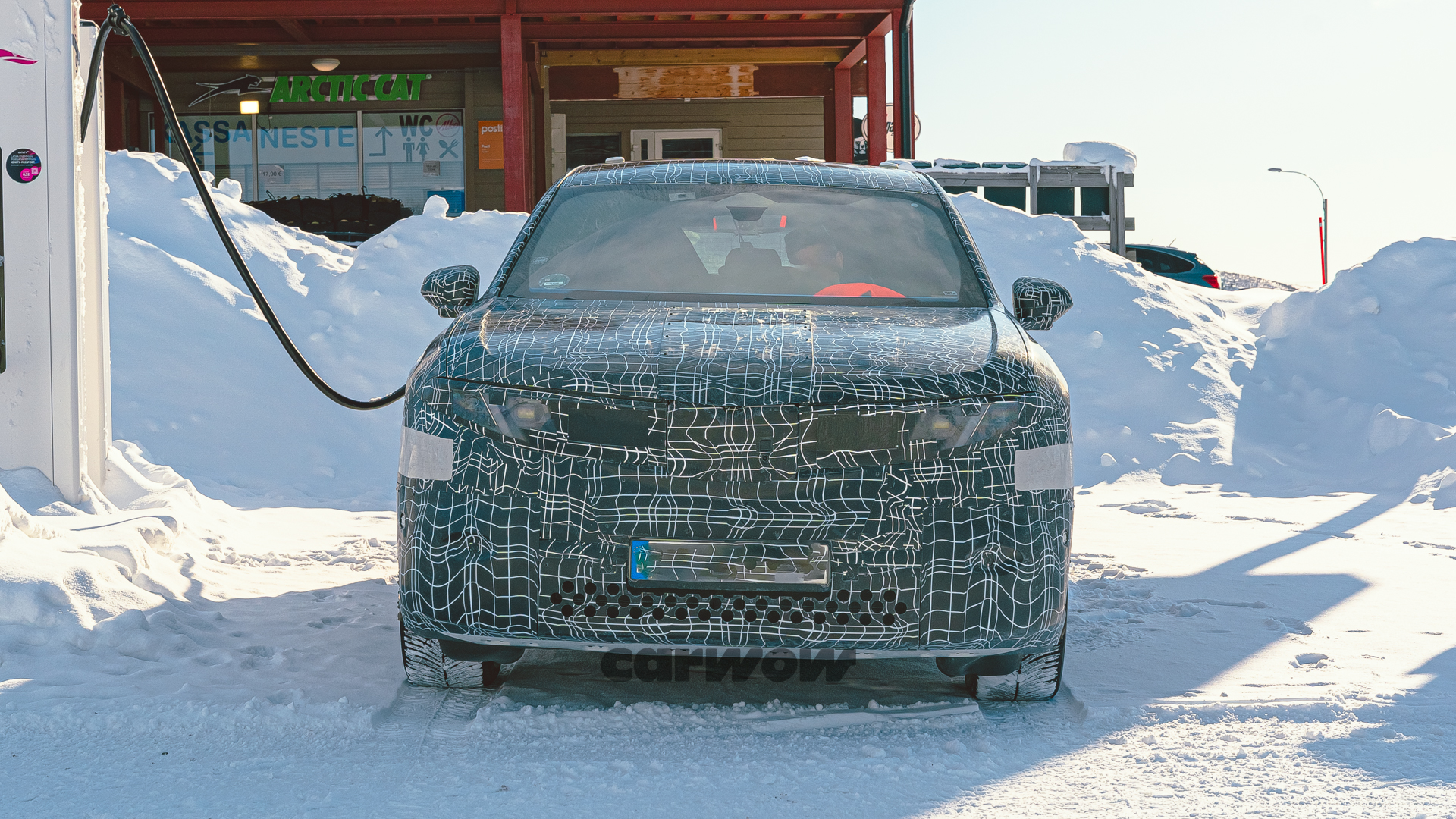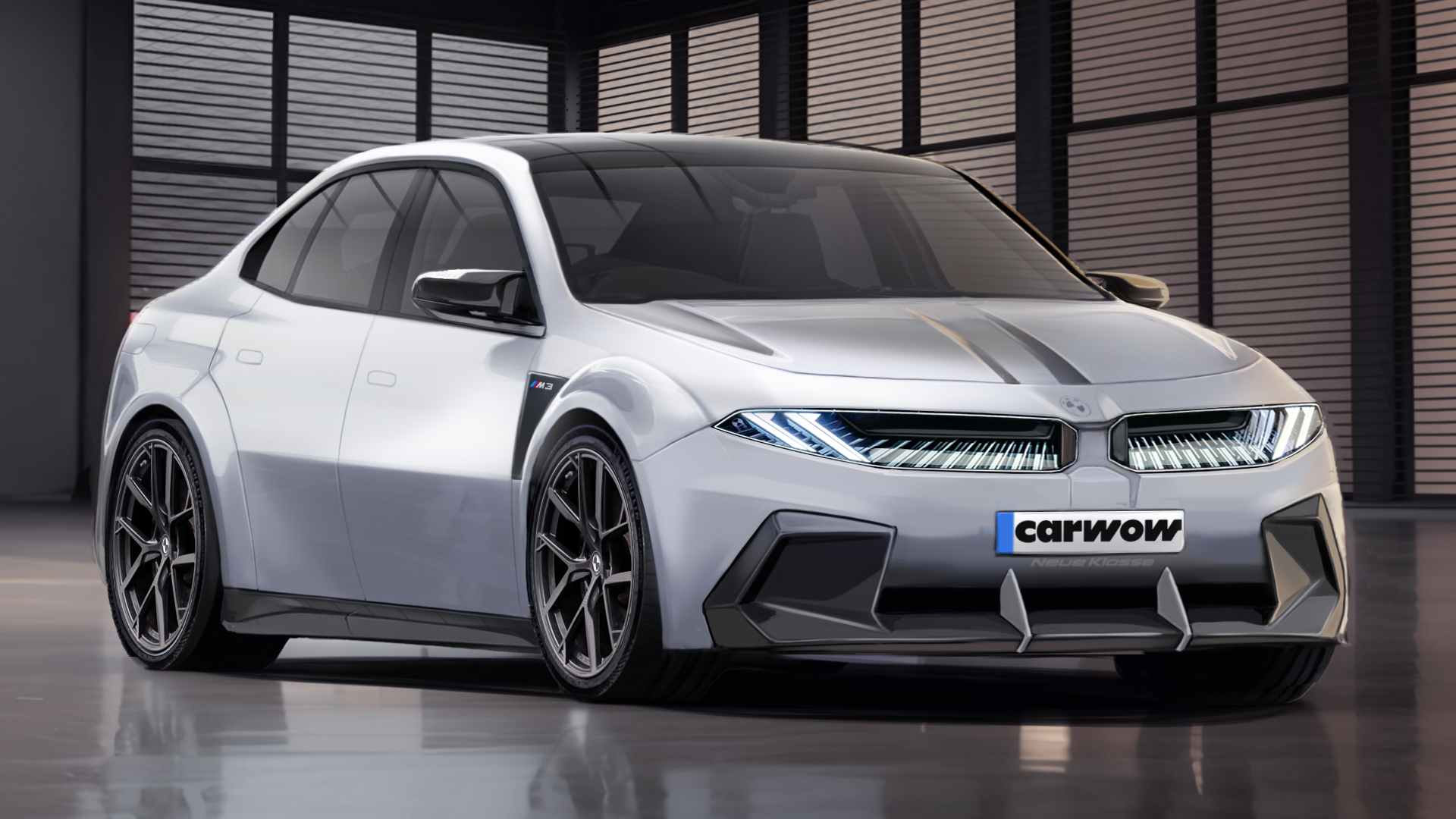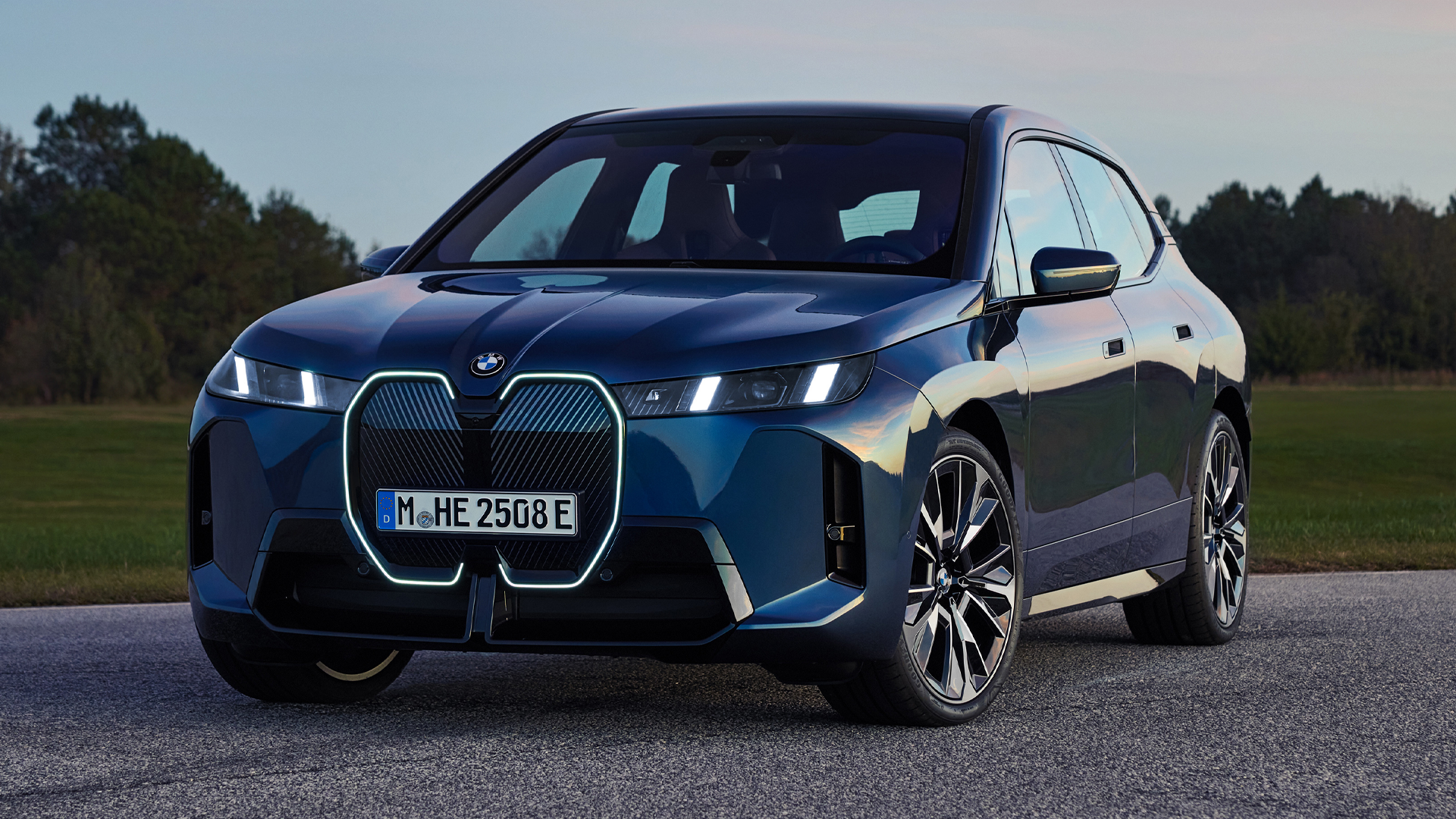BMW UK New and Used BMW Cars, Prices & Reviews
BMW makes sporty, upmarket cars. From hatchbacks to big SUVs and luxury limos, BMW offers most types of car in its broad range.
Popular BMW models
BMW 3 Series
BMW X5
BMW 1 Series
Browse and compare all BMW models
BMW 1 Series
BMW 2 Series Active Tourer
BMW 2 Series Gran Coupe
BMW X1
BMW 2 Series Coupe
BMW iX1
BMW 3 Series
BMW X2
BMW 3 Series Touring
BMW 4 Series
BMW iX2
BMW Z4
BMW 4 Series Gran Coupe
BMW i4
BMW M240i
BMW X3
BMW 5 Series
BMW X4
BMW 4 Series Convertible
BMW 5 Series Touring
BMW iX3
BMW i5
BMW i5 Touring
BMW 8 Series Gran Coupe
BMW M2
BMW 8 Series
BMW X5
BMW iX
BMW X6
BMW 8 Series Convertible
BMW M4 Coupe
BMW X4 M Competition
BMW M3
BMW M4 Convertible
BMW M3 Touring
BMW X7
BMW i7
BMW 7 Series
BMW XM
BMW M5
BMW M8 Gran Coupe
BMW X7 M60i
BMW M5 Touring
BMW M8
BMW X5 M Competition
BMW M8 Convertible
BMW X6 M Competition
BMW 2 Series Gran Tourer
BMW 2 Series Convertible
BMW 3 Series Gran Turismo
BMW i3
BMW M135i
BMW M240i Convertible
BMW 6 Series
BMW 6 Series Gran Turismo
BMW 6 Series Gran Coupe
BMW 6 Series Convertible
BMW X3 M Competition
BMW M6
BMW X5 M
BMW M6 Gran Coupe
BMW X6 M
BMW i8
BMW i8 Roadster
How buying a BMW through Carwow works
Get unbiased opinions
Read our expert reviews team’s opinion of every BMW car to help guide you to the perfect model for you.
Make your choice
Select your BMW and configure the perfect model to suit your needs.
Receive offers
Sit back and wait for our network of trusted dealers to get back to you with a great offer on your new BMW.
About BMW
BMW started out way back in 1916. It hasn’t always been a car maker, it began by making aircraft engines. BMW built its first motorbike in 1923, with the first car following in 1928.
Today, BMW is one of Germany’s biggest car makers, with factories across the world. It’s one of Germany’s ‘big three’ prestige brands, along with Audi and Mercedes-Benz. BMW’s models are usually sporty and rewarding to drive, with styling that’s often controversial but rarely dull.
Many of BMW’s current range are hybrids or fully electric vehicles. Full EVs have an ‘i’ prefix to their model name (i5, iX3, etc).
What our car expert says
“BMW makes some great cars, but the ‘M’ models are the really special ones, with uprated handling, braking, and performance. The likes of the M3 and M4 are sensational to drive!”
BMW at a glance
Latest BMW news
Get a new, lease or used BMW with no hassle or haggling
New BMW cars
Used BMW cars
Lease a new BMW
Sell your car for what it's really worth
The free, easy way to get 5,500+ dealers all over the UK bidding on your car
BMW cars by type
All brands available on Carwow
-
Abarth
-
Alfa Romeo
-
Alpine
-
Audi
-
BMW
-
BYD
-
Citroen
-
Cupra
-
Dacia
-
DS
-
Fiat
-
Ford
-
Genesis
-
Honda
-
Hyundai
-
INEOS
-
Jaecoo
-
Jeep
-
KGM Motors
-
Kia
-
Land Rover
-
Leapmotor
-
Lexus
-
Lotus
-
Mazda
-
Mercedes-Benz
-
MG
-
MINI
-
Nissan
-
OMODA
-
GWM Ora
-
Peugeot
-
Polestar
-
Renault
-
SEAT
-
Skoda
-
Smart
-
Subaru
-
Suzuki
-
Tesla
-
Toyota
-
Vauxhall
-
Volkswagen
-
Volvo
